Home>Technology>Home Entertainment Systems>What Is A Home Theater Receiver
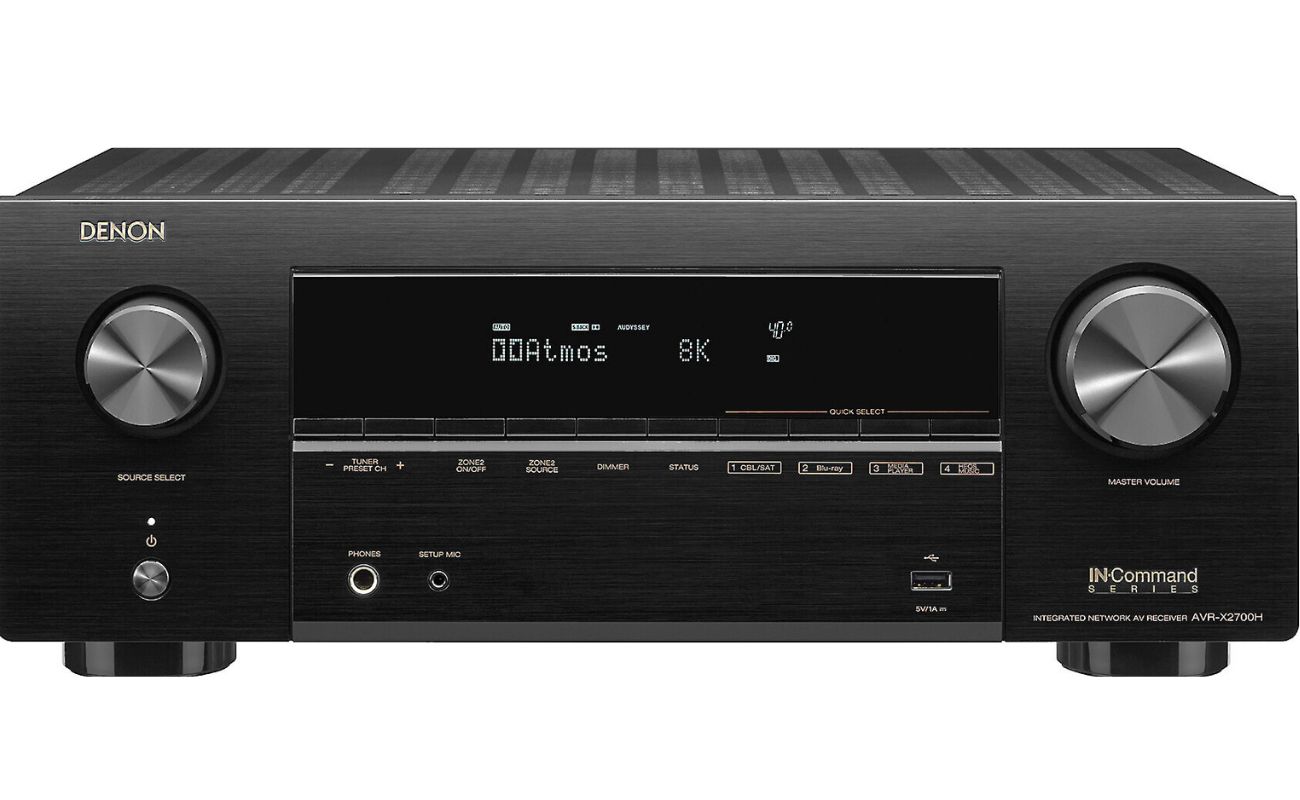

Home Entertainment Systems
What Is A Home Theater Receiver
Published: February 15, 2024
Discover the key features and benefits of home theater receivers for your home entertainment system. Learn how to choose the best receiver for your needs.
(Many of the links in this article redirect to a specific reviewed product. Your purchase of these products through affiliate links helps to generate commission for Storables.com, at no extra cost. Learn more)
Introduction
A home theater receiver is the heart of a high-quality home entertainment system. It serves as a central hub that connects and controls all the audio and video components, delivering an immersive and cinematic experience right in the comfort of your living room. Whether you're a movie enthusiast, a music lover, or a gaming aficionado, a home theater receiver is an essential piece of equipment that elevates your audio-visual enjoyment to new heights.
In the world of home entertainment, the term "receiver" often refers to an audio/video receiver (AVR). This sophisticated device combines the functions of a preamplifier, a tuner, and a multi-channel amplifier into a single unit. It acts as a command center for your entire home theater system, seamlessly coordinating the audio and video signals from various sources and distributing them to your speakers and display devices.
A well-designed home theater receiver not only amplifies and processes audio signals but also decodes surround sound formats, such as Dolby Atmos and DTS:X, to create a captivating sonic environment. Additionally, it provides video processing capabilities, ensuring that your favorite movies and TV shows are displayed in stunning clarity and detail.
As technology continues to advance, modern home theater receivers are equipped with a myriad of features, including support for 4K and even 8K video, wireless connectivity options, and compatibility with voice control systems. These advancements not only enhance the overall entertainment experience but also future-proof your home theater setup, allowing you to stay at the forefront of audio-visual innovation.
In the following sections, we will delve deeper into the intricacies of home theater receivers, exploring their functions, components, and the crucial aspects to consider when selecting the right receiver for your specific needs. Whether you're a seasoned audiophile or a newcomer to the world of home entertainment, understanding the role of a home theater receiver is fundamental to creating a captivating and immersive viewing and listening experience.
Key Takeaways:
- A home theater receiver is like the brain of a home entertainment system, connecting and controlling all the audio and video devices to create an amazing cinematic experience right in your living room. It makes everything sound and look awesome!
- When choosing a home theater receiver, think about what audio and video devices you have, how many speakers you want, and if you want cool features like surround sound. Setting it up involves connecting everything and making sure it’s all working perfectly for a super fun movie night!
Read more: What Is The Best Home Theater Receiver
Definition of a Home Theater Receiver
A home theater receiver, often referred to as an audio/video receiver (AVR), is a pivotal component of a comprehensive home entertainment system. It serves as the central command center, orchestrating the audio and video signals from various sources and distributing them to the connected speakers and display devices. This multifaceted device combines the functionalities of a preamplifier, a tuner, and a multi-channel amplifier, consolidating these critical elements into a single, streamlined unit.
At its core, a home theater receiver is designed to amplify and process audio signals, ensuring that the sound produced is rich, clear, and immersive. It acts as a hub for audio connectivity, accommodating inputs from sources such as Blu-ray players, gaming consoles, streaming devices, and cable or satellite boxes. By integrating these diverse audio sources, the receiver harmonizes the signals and delivers them to the speakers, creating a captivating auditory experience that complements the visual content.
In addition to its audio processing capabilities, a home theater receiver plays a crucial role in decoding and optimizing surround sound formats. This includes popular formats such as Dolby Atmos, DTS:X, and others, which are designed to create a three-dimensional audio environment, enveloping the listener in a sphere of sound. By decoding these formats and distributing the audio signals to the appropriate speakers, the receiver ensures that the viewer is immersed in a rich and dynamic sonic landscape, enhancing the overall viewing experience.
Furthermore, a modern home theater receiver often incorporates advanced video processing capabilities. This enables it to handle video signals from various sources, ensuring that the visual content is displayed with exceptional clarity and precision. With support for high-definition and even ultra-high-definition video formats, such as 4K and 8K, the receiver ensures that the visual component of the home entertainment experience is nothing short of spectacular.
In essence, a home theater receiver serves as the nerve center of a home entertainment system, seamlessly integrating audio and video components to deliver a captivating and immersive experience. Its ability to process, amplify, and distribute audio signals, decode surround sound formats, and optimize video content makes it an indispensable component for anyone seeking to create a truly cinematic and engaging home theater setup.
Functions of a Home Theater Receiver
A home theater receiver performs a multitude of essential functions that are integral to creating a captivating and immersive audio-visual experience. These functions encompass both audio and video processing, as well as the seamless integration of various components within a home entertainment system.
Audio Processing
One of the primary functions of a home theater receiver is to process audio signals from a wide range of sources, including Blu-ray players, gaming consoles, streaming devices, and cable or satellite boxes. The receiver acts as a central hub, harmonizing these diverse audio inputs and amplifying them to deliver rich, clear, and dynamic sound to the connected speakers. By leveraging its built-in amplification capabilities, the receiver ensures that the audio content is reproduced with fidelity and precision, enhancing the overall listening experience.
Surround Sound Decoding
A key feature of a home theater receiver is its ability to decode and optimize surround sound formats, such as Dolby Atmos, DTS:X, and others. These formats are designed to create a three-dimensional audio environment, enveloping the listener in a sphere of sound that enhances the immersion and realism of the viewing experience. By decoding these formats and distributing the audio signals to the appropriate speakers, the receiver ensures that the viewer is fully immersed in a rich and dynamic sonic landscape, whether it's the thunderous roar of an action sequence or the subtle nuances of a musical performance.
Read more: What Is A Home Theater System
Video Processing
In addition to its audio capabilities, a modern home theater receiver often incorporates advanced video processing features. This enables it to handle video signals from various sources, ensuring that the visual content is displayed with exceptional clarity and precision. With support for high-definition and even ultra-high-definition video formats, such as 4K and 8K, the receiver ensures that the visual component of the home entertainment experience is nothing short of spectacular. By seamlessly processing and optimizing video signals, the receiver contributes to a visually stunning and immersive viewing experience.
Connectivity and Integration
Beyond audio and video processing, a home theater receiver serves as a central point of connectivity and integration for the entire home entertainment system. It accommodates a wide array of input sources, including HDMI, optical, and analog connections, allowing for seamless integration of audio and video components. Additionally, many modern receivers feature wireless connectivity options, enabling effortless streaming from mobile devices and online services. This versatility and connectivity ensure that the receiver acts as a unifying force, bringing together the various elements of the home entertainment system to create a cohesive and seamless audio-visual experience.
In summary, the functions of a home theater receiver encompass audio and video processing, surround sound decoding, and seamless connectivity and integration. By performing these critical functions, the receiver plays a pivotal role in delivering a captivating and immersive home entertainment experience, making it an indispensable component of any high-quality home theater setup.
Components of a Home Theater Receiver
A home theater receiver is a sophisticated and multifaceted device that comprises several essential components, each playing a crucial role in delivering a captivating audio-visual experience. Understanding these components is fundamental to appreciating the intricate functionality of a home theater receiver.
Amplifier Section
At the core of a home theater receiver lies the amplifier section, which is responsible for powering the connected speakers and driving the audio output. The amplifier section consists of multiple channels, typically ranging from 5.1 to 11.2, each dedicated to driving a specific speaker in the home theater setup. This allows for the distribution of audio signals to various speakers, creating a rich and immersive soundstage that complements the visual content.
Read more: What Is A Home Theater Display
Audio Decoding and Processing
Modern home theater receivers are equipped with advanced audio decoding and processing capabilities. These include support for popular surround sound formats such as Dolby Atmos, DTS:X, and others. The receiver decodes these formats and optimizes the audio signals to ensure that the spatial and directional aspects of the sound are faithfully reproduced, enveloping the listener in a captivating sonic environment. Additionally, the receiver may feature built-in digital signal processing (DSP) technologies, allowing for precise calibration and customization of the audio output to suit the acoustics of the viewing space.
Video Processing and Connectivity
The video processing component of a home theater receiver is designed to handle and optimize video signals from various sources. With support for high-definition and ultra-high-definition video formats, including 4K and 8K, the receiver ensures that the visual content is displayed with exceptional clarity and detail. Additionally, the receiver serves as a central hub for video connectivity, accommodating inputs from sources such as Blu-ray players, gaming consoles, and streaming devices, and seamlessly distributing the video signals to the display device, whether it's a television or a projector.
Tuner and Connectivity Options
Many home theater receivers feature built-in AM/FM tuners, allowing users to enjoy radio broadcasts directly through the receiver. Furthermore, the receiver offers a wide array of connectivity options, including HDMI, optical, and analog inputs, enabling seamless integration of audio and video components. In addition, wireless connectivity features, such as Bluetooth and Wi-Fi, provide convenient streaming capabilities, allowing users to access content from mobile devices and online services with ease.
Control and User Interface
The user interface and control components of a home theater receiver play a crucial role in facilitating seamless operation and customization. This includes intuitive on-screen menus, remote control functionality, and in some cases, compatibility with voice control systems. These features empower users to tailor the audio and video settings, manage input sources, and optimize the overall home theater experience to their preferences.
In summary, the components of a home theater receiver, including the amplifier section, audio decoding and processing, video processing and connectivity, tuner and connectivity options, and user interface and control, collectively contribute to the receiver's ability to orchestrate a captivating and immersive audio-visual experience within a home entertainment environment.
Choosing the Right Home Theater Receiver
Selecting the right home theater receiver is a critical decision that significantly impacts the overall audio-visual experience within your home entertainment environment. With a myriad of options available in the market, it's essential to consider several key factors to ensure that the chosen receiver aligns with your specific needs and preferences.
Audio and Video Compatibility
When evaluating potential home theater receivers, it's crucial to assess their compatibility with your existing audio and video components. Consider the number and types of audio and video inputs required to accommodate your sources, such as gaming consoles, Blu-ray players, streaming devices, and cable or satellite boxes. Additionally, ensure that the receiver supports the latest audio and video formats, including high-definition and ultra-high-definition resolutions, to future-proof your home theater setup.
Amplification and Speaker Configuration
The amplifier section of a home theater receiver plays a pivotal role in driving the connected speakers and delivering immersive sound. Evaluate the power output and channel configuration of the receiver to ensure that it aligns with your speaker setup and room size. Whether you opt for a 5.1, 7.1, or more advanced configuration, the receiver's amplification capabilities should complement your speakers, providing optimal performance and sonic fidelity.
Surround Sound Capabilities
For enthusiasts seeking a truly immersive audio experience, the receiver's support for advanced surround sound formats, such as Dolby Atmos and DTS:X, is paramount. These formats create a three-dimensional audio environment, enveloping the listener in a sphere of sound that enhances the realism of the viewing experience. Assess the receiver's ability to decode and optimize these formats, ensuring that it delivers a captivating and dynamic sonic landscape.
Connectivity and Integration
Consider the connectivity options offered by the home theater receiver, including HDMI, optical, and analog inputs, as well as wireless capabilities such as Bluetooth and Wi-Fi. Seamless integration of audio and video components is essential for creating a cohesive and user-friendly home entertainment system. Additionally, evaluate the receiver's compatibility with voice control systems and mobile device streaming, providing convenient access to a wide range of content.
User Interface and Customization
The user interface and control features of the receiver significantly impact the ease of operation and customization. Look for intuitive on-screen menus, remote control functionality, and the ability to tailor audio and video settings to your preferences. Some receivers offer advanced calibration and room optimization features, allowing for precise tuning to suit the acoustics of your viewing space.
By carefully considering these factors, you can make an informed decision when choosing the right home theater receiver, ensuring that it seamlessly integrates with your existing components and delivers a captivating and immersive audio-visual experience that aligns with your entertainment preferences.
Setting Up a Home Theater Receiver
Setting up a home theater receiver is a crucial step in creating a captivating and immersive home entertainment environment. Proper installation and configuration ensure that the receiver seamlessly integrates with your audio and video components, delivering optimal performance and an exceptional audio-visual experience. Here's a comprehensive guide to setting up your home theater receiver:
1. Unboxing and Inspection
Upon acquiring a new home theater receiver, carefully unbox the unit and inspect it for any signs of damage that may have occurred during shipping. Verify that all included accessories, such as the remote control, antennas, and calibration microphone, are present and in good condition.
Read more: What Is A Receiving Blanket
2. Placement and Ventilation
Select an appropriate location for the receiver, ensuring that it is placed on a stable surface with ample ventilation. Adequate airflow around the receiver is essential to prevent overheating and maintain optimal performance. Avoid placing the receiver in enclosed spaces or near heat-generating devices.
3. Speaker and Subwoofer Connection
Connect the speakers and subwoofer to the corresponding terminals on the receiver, ensuring that the polarity is observed for each speaker wire. Take note of the recommended speaker placement for optimal surround sound performance, adhering to the guidelines provided by the receiver's manufacturer.
4. Audio and Video Source Connection
Connect the audio and video sources, such as Blu-ray players, gaming consoles, and streaming devices, to the designated input ports on the receiver. Utilize high-quality HDMI, optical, or analog cables to ensure reliable signal transmission and compatibility with the receiver's input options.
5. Display Device Connection
If using a television or projector as the display device, connect it to the receiver's HDMI output port, ensuring that the appropriate video settings, including resolution and refresh rate, are configured to match the capabilities of the display device.
Read more: What Speaker Wire To Use For A Home Theater
6. Power and Initial Setup
Connect the receiver to a power source and turn it on. Follow the on-screen prompts or the user manual to complete the initial setup, which may include language selection, speaker configuration, and network connectivity if applicable.
7. Speaker Calibration and Optimization
Many modern home theater receivers feature automated speaker calibration systems that utilize a calibration microphone to analyze the acoustic characteristics of the room and optimize the audio output. Follow the receiver's instructions to perform the calibration process, ensuring that the speakers are precisely tuned to the viewing space.
8. Network and Streaming Setup
If the receiver offers network connectivity and streaming capabilities, configure the wireless or wired network settings to enable access to online content, streaming services, and firmware updates. This step may involve entering Wi-Fi credentials or connecting an Ethernet cable to the receiver.
9. Firmware Updates and System Configuration
Check for firmware updates for the receiver and install them as needed to ensure that the unit is running the latest software version. Additionally, explore the receiver's system settings to customize audio preferences, input assignments, and other features according to your preferences.
Read more: What To Look For In A Home Theater Projector
10. Testing and Fine-Tuning
Once the setup is complete, test the audio and video performance of the home theater receiver by playing various types of content, including movies, music, and games. Fine-tune the audio settings, such as speaker levels, crossover frequencies, and surround sound modes, to achieve the desired sound quality and immersive experience.
By following these steps, you can effectively set up your home theater receiver, ensuring that it seamlessly integrates with your audio and video components and delivers a captivating and immersive audio-visual experience within your home entertainment environment.
Conclusion
In conclusion, a home theater receiver stands as the cornerstone of a remarkable home entertainment system, orchestrating the seamless integration of audio and video components to deliver an immersive and captivating viewing and listening experience. From its fundamental functions of audio and video processing to its support for advanced surround sound formats and connectivity options, the home theater receiver plays a pivotal role in elevating the overall entertainment experience within the confines of your living space.
The components of a home theater receiver, including the amplifier section, audio decoding and processing, video processing and connectivity, tuner and connectivity options, and user interface and control, collectively contribute to its ability to orchestrate a captivating and immersive audio-visual experience. By leveraging its advanced features and capabilities, the receiver serves as a central hub that harmonizes the diverse audio and video signals from various sources, ensuring that the sound is rich, clear, and dynamic, while the visual content is displayed with exceptional clarity and precision.
When it comes to choosing the right home theater receiver, careful consideration of factors such as audio and video compatibility, amplification and speaker configuration, surround sound capabilities, connectivity and integration, and user interface and customization is essential. By evaluating these aspects, you can make an informed decision that aligns with your specific entertainment preferences and seamlessly integrates with your existing audio and video components.
Furthermore, the process of setting up a home theater receiver involves meticulous steps, from unboxing and inspection to speaker and subwoofer connection, audio and video source connection, display device connection, and calibration and optimization. By following these steps, you can ensure that the receiver is installed and configured to deliver optimal performance, creating an environment where the audio and visual elements harmonize to immerse you in a captivating cinematic experience.
In essence, a home theater receiver transcends its role as a mere audio/video device, becoming the conduit through which the magic of cinema and the allure of high-fidelity audio are brought to life within the comfort of your home. Its ability to seamlessly integrate and optimize the audio and video components, decode advanced surround sound formats, and provide a user-friendly interface empowers you to craft a personalized entertainment space that resonates with your individual preferences and elevates the art of home entertainment to new heights.
Frequently Asked Questions about What Is A Home Theater Receiver
Was this page helpful?
At Storables.com, we guarantee accurate and reliable information. Our content, validated by Expert Board Contributors, is crafted following stringent Editorial Policies. We're committed to providing you with well-researched, expert-backed insights for all your informational needs.

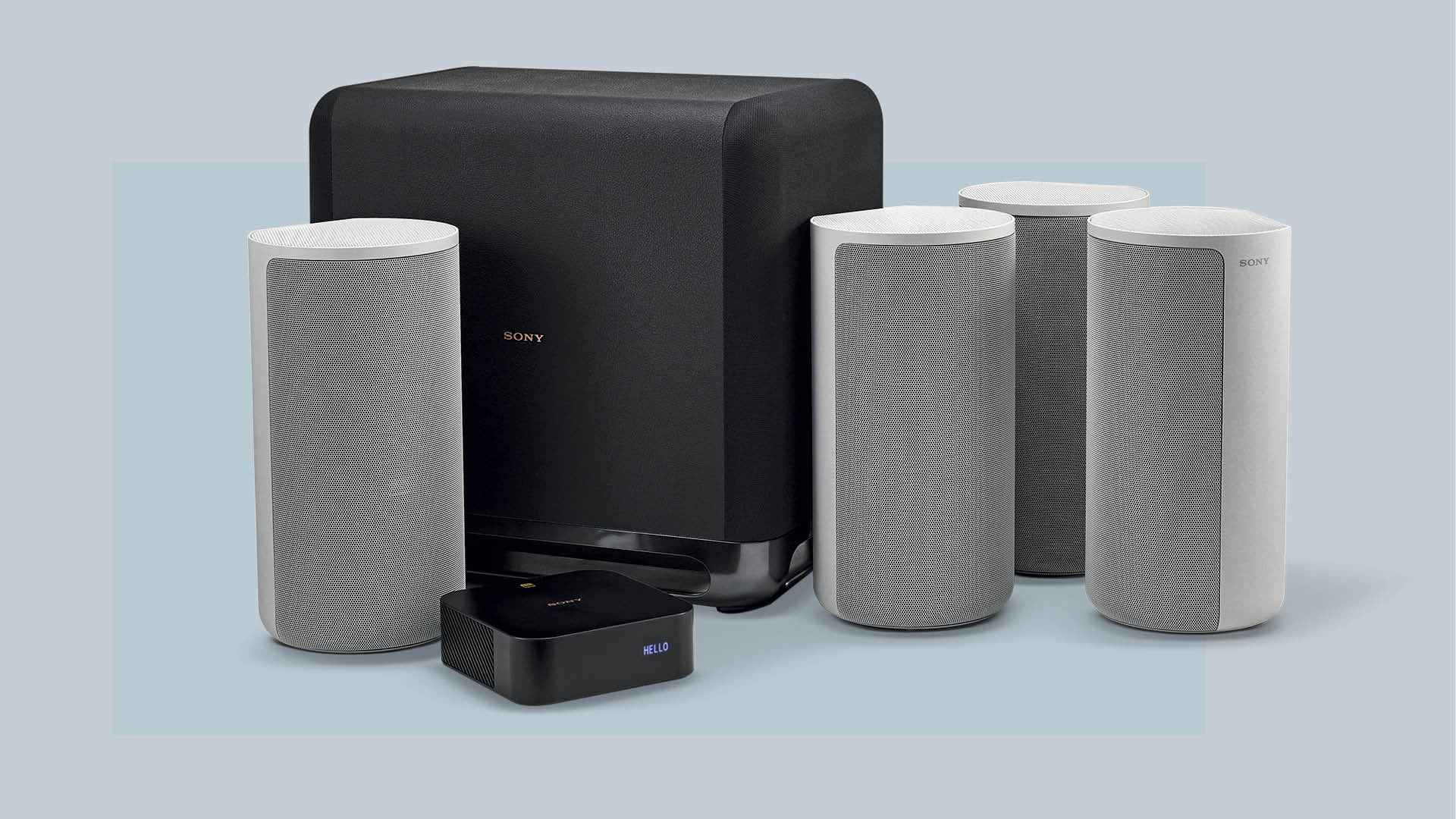
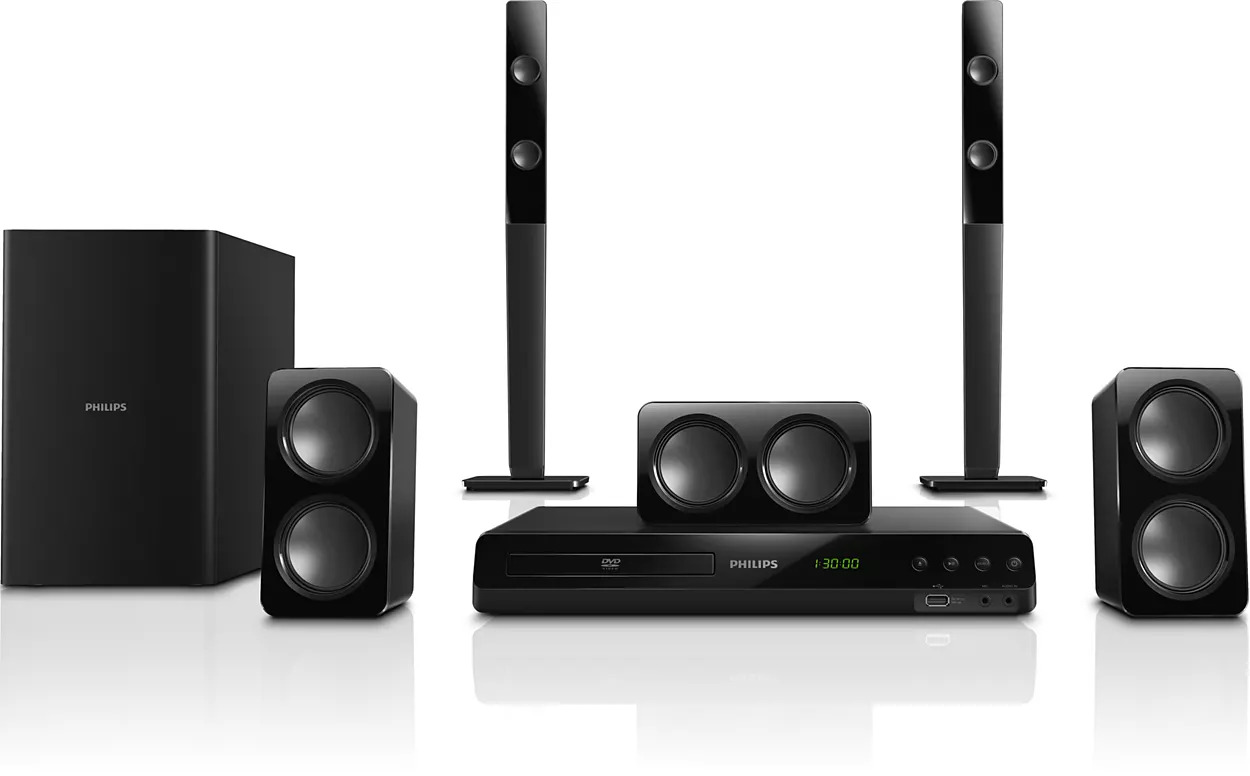
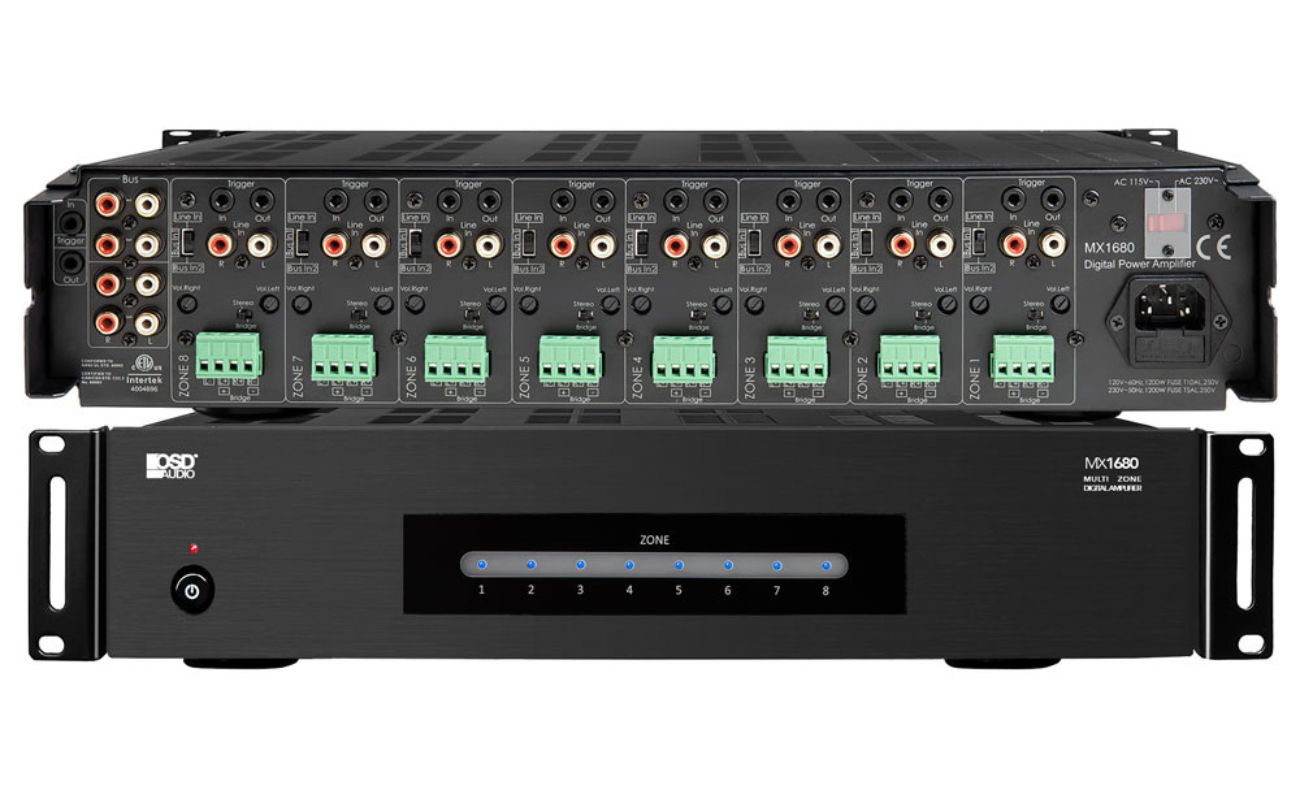
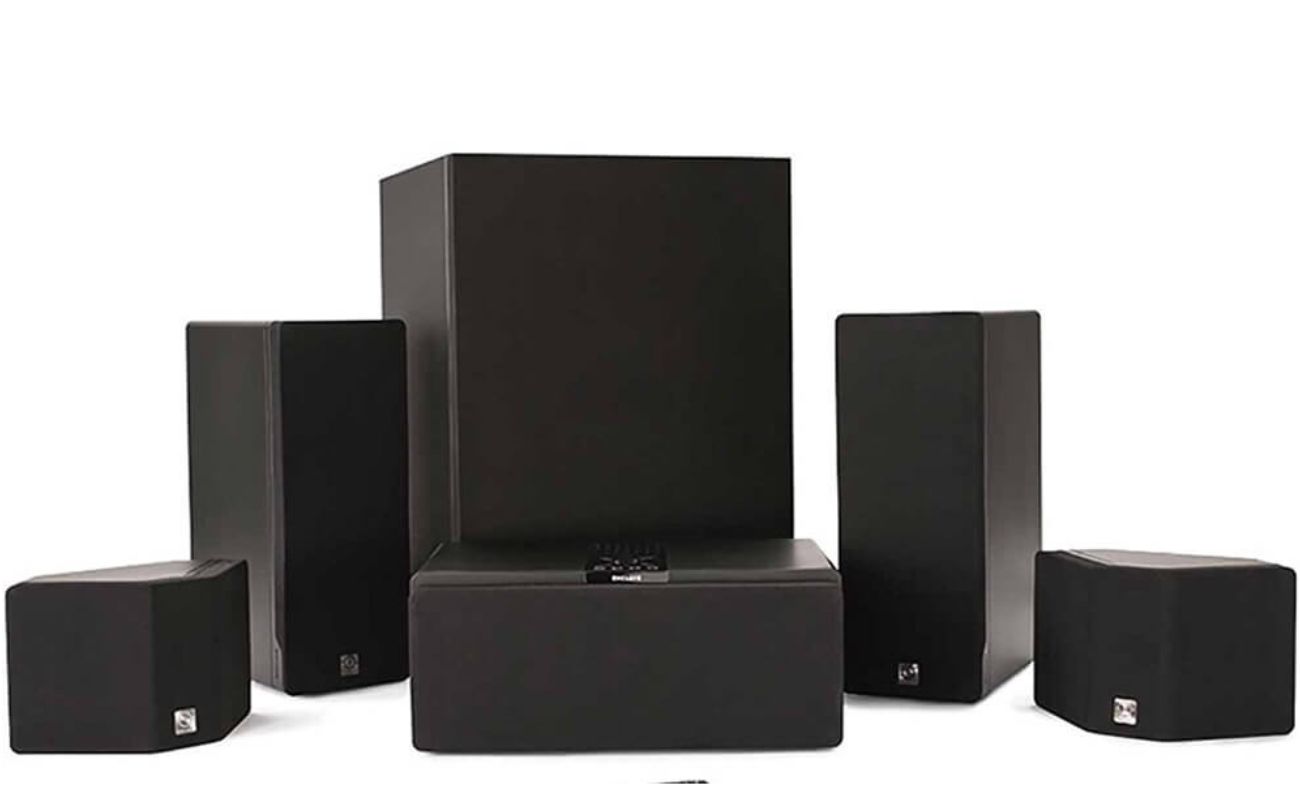
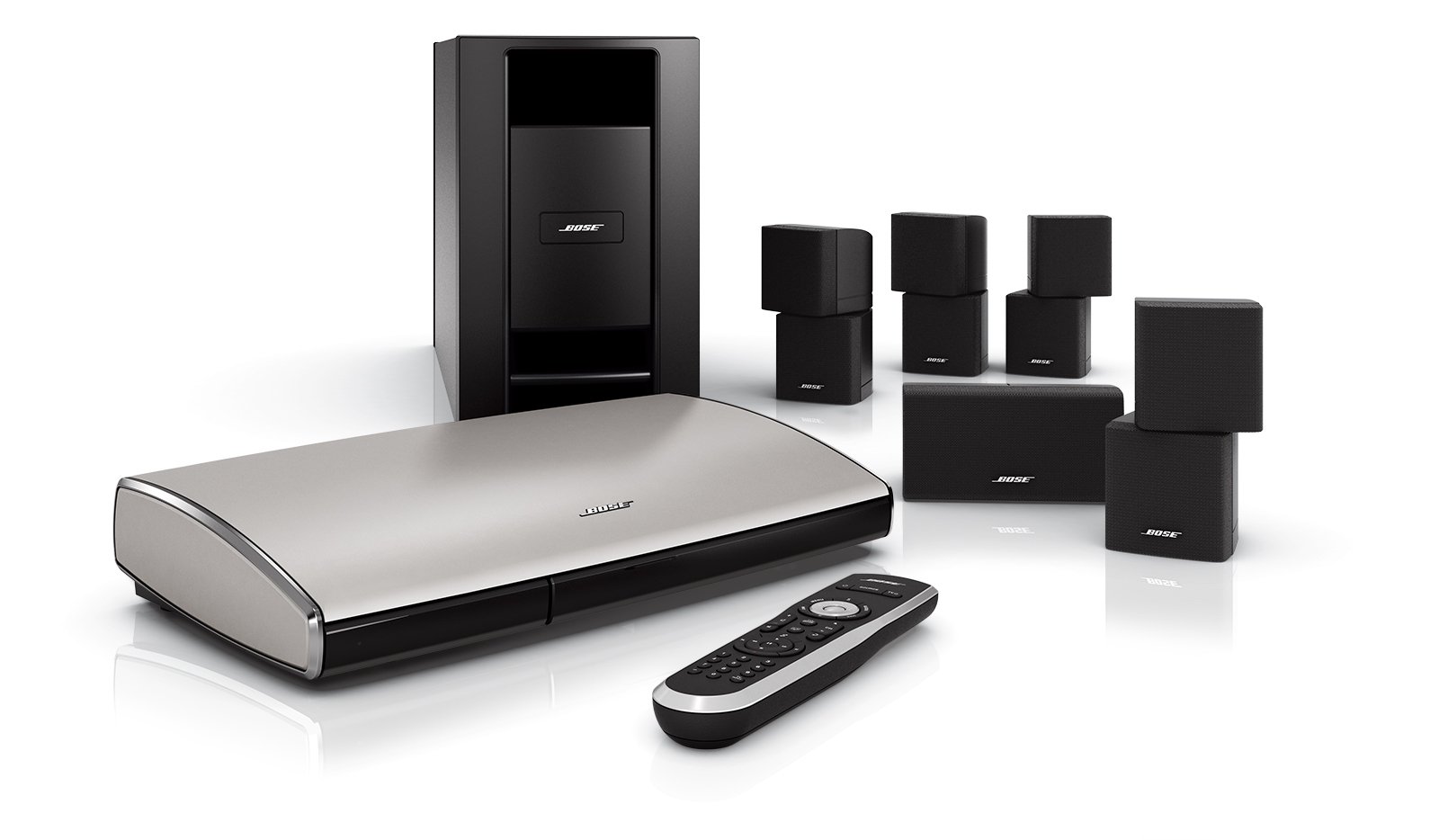

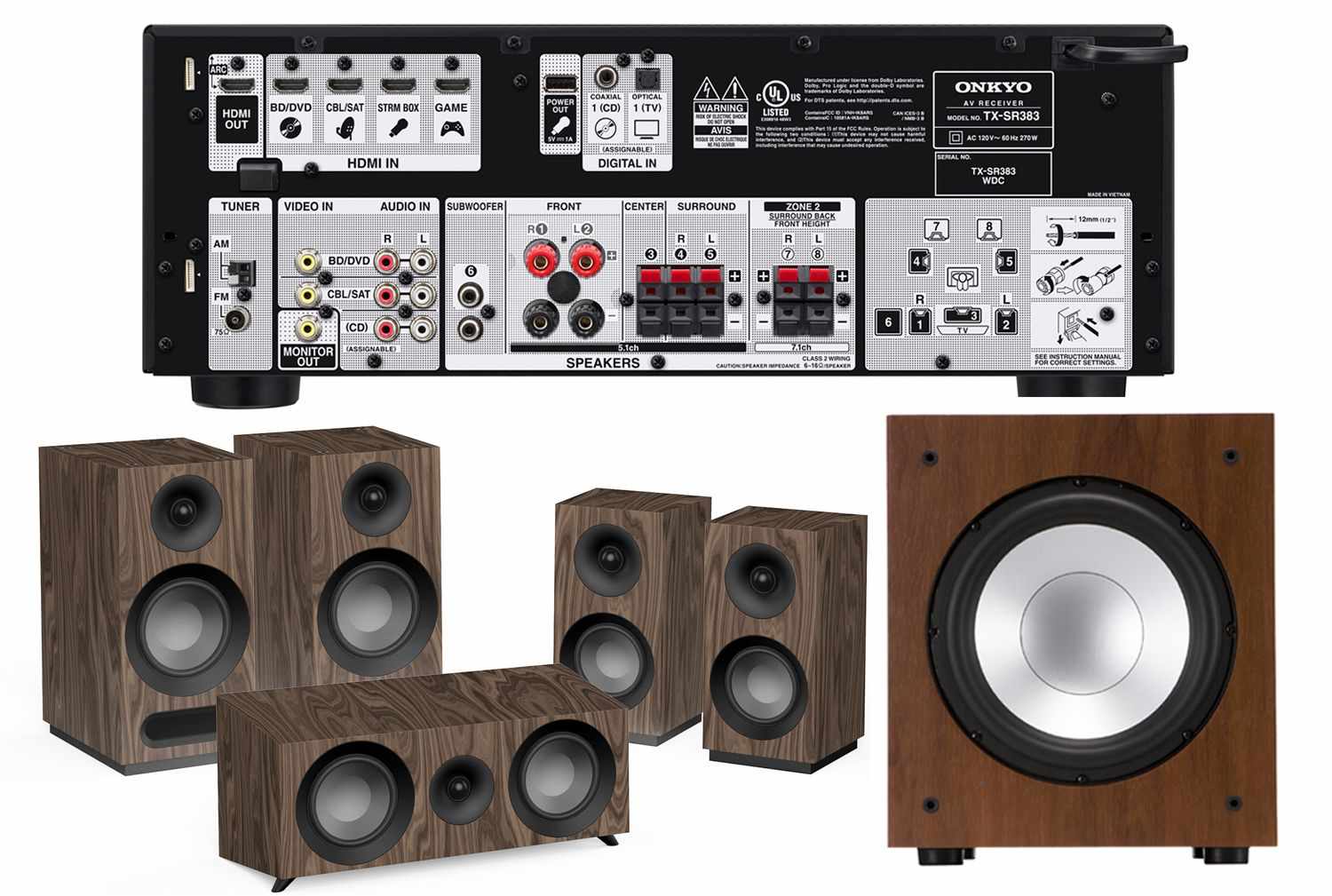

0 thoughts on “What Is A Home Theater Receiver”